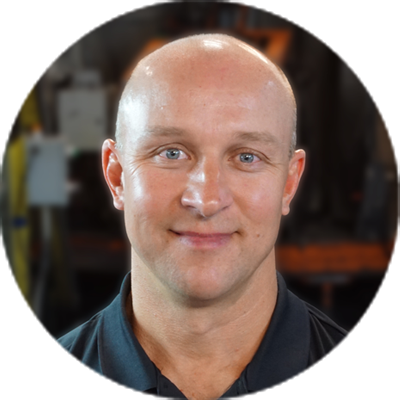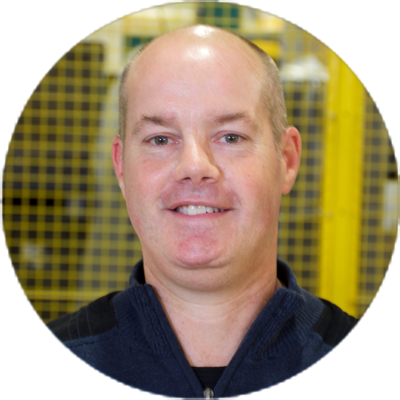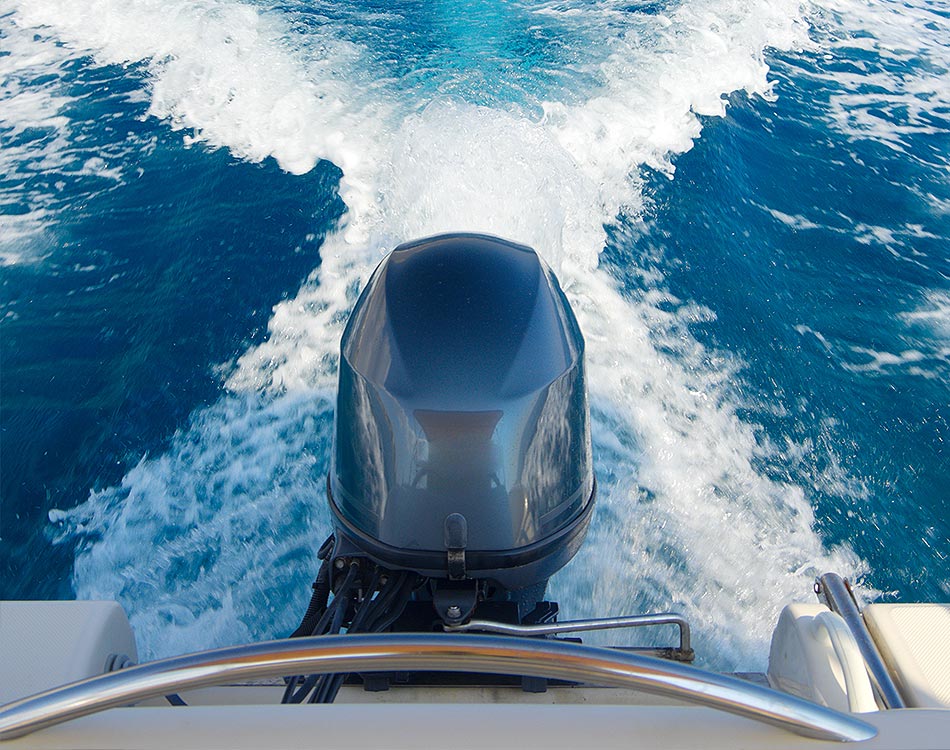A noisy outboard motor. Complex NVH foam components.
ISKIN technology pushed further than ever before.
A world-class marine industry OEM conceptualized a program with a new outboard marine engine with the simplicity of a 2-stroke design, which made it loud. Successfully reducing the noise would require NVH foam components with highly complex properties. The only catch – the material needed to achieve this didn’t exist commercially.
The Problem:
It was loud! Without an effective and sustainable method to reduce the noise level, the project would not succeed.
The Component Challenge:
CFS’ challenge was to reduce the noise decibel level (Db) to that of a 4-stroke engine (in the same horsepower rating class) by insulating the top bonnet cover and two lower panels that encased the motor with NVH foam components.
Given the complex part specifications required for this application, integral skin (ISKIN) foam would be the best solution. Since the material to deliver this range of demanding technical requirements didn’t exist on the market, our team would have to develop a custom foam formula that would creatively push the limits of ISKIN technology. We were determined to persevere over the challenges to get this manufacturing program off the ground for our customer.
The Solution:
Applying their materials expertise, experience, and development processes, our APQP team determined that the foam sound insulation properties would have to be optimized through:
- Customized material technology – An integral skin foam system would need to be custom developed to meet the challenging criteria for this specific application (as the optimum properties and characteristics of the targeted foam system were unlike any other available on the market).
In order to satisfy the sound dampening properties, the foam density would need to be approximately half of the pounds per cubic foot of traditional ISKIN. To appease the tough working environment, the foam solution had to maintain a strong resistance to water and oil, even at the much lower density where traditional ISKIN’s have failed. - Part size and complexity – 4 1/2 lb. parts with many thick and thin areas would be needed to fill every void between the engine and outer plastic cover to achieve the low Db level.
- Highly productive manufacturing – The process would have to be highly productive to meet cycle time goals in order to achieve the target prices. This consisted of being successful with two key elements; molding two very large parts (33” x 25” each weighing 4.5 lbs.) and having a foam system that could process quickly to meet cycle time targets. To ensure cycle times were fast enough to deliver a cost competitive solution, a large mold clamping (60” X 40”) facility would also need to be developed.
With plans in hand of what needed to be done, our team reached out to partner with a key supplier (who was a leading international foam system manufacturer) to undertake a series of lab trials to attempt to meet the difficult criteria. It was critically important for us to flush out any obstacles or concerns at this stage to eliminate potential problems down the road which would negatively impact cost, timelines, and our client’s overall success.
To verify that densities and cycle times could be met not just in our supplier’s lab, but in our actual production molding environment, we manufactured test plaque samples (which passed OEM testing with flying colours).
With that, product design and development was underway; the second phase of our Advanced Product Quality Planning (APQP) process. The production tools were built, while upgrades to a major piece of equipment at Custom Foam Systems were completed. An automated production cell, with the capability to process two oversized tools at the same time, was also prepared.
Once the tooling was delivered, we executed a prototype run to assess the flow and fill characteristics of the complex tools. FIA samples were then shipped to the customer and approved through in-water testing on actual outboard motor assemblies.
Next, we established a pilot manufacturing run to ensure product and process validation (phase 3 of APQP). Having successfully achieved all of the component’s manufacturability requirements, it was time to launch production.
The Metrics:
The manufacturing program was a great success by meeting all of the product’s specifications for Db, oil and water resistance, cycle time goals (through the use of large hydraulic mold clamps) and cosmetic appeal (through optimized foam chemistry).
The Benefits:
Through CFS’ proven APQP process, experience and ingenuity with ISKIN, our customer was able to successfully realize the project concept they set out to achieve. Today, this manufacturing program is still going strong and our scope of work with this customer has grown to include another project very similar in nature.
Get Expert Help with Your Manufacturing Project


Paul MacDonald
Technical Sales RepresentativeFabricated Products
519-748-1700 ext. 250
1-800-804-3626

